See the Music!
See the Music is a lighthearted investigation into the similarities between music and art, comparing common design elements… and a look at how some people actually can “see the Music”!
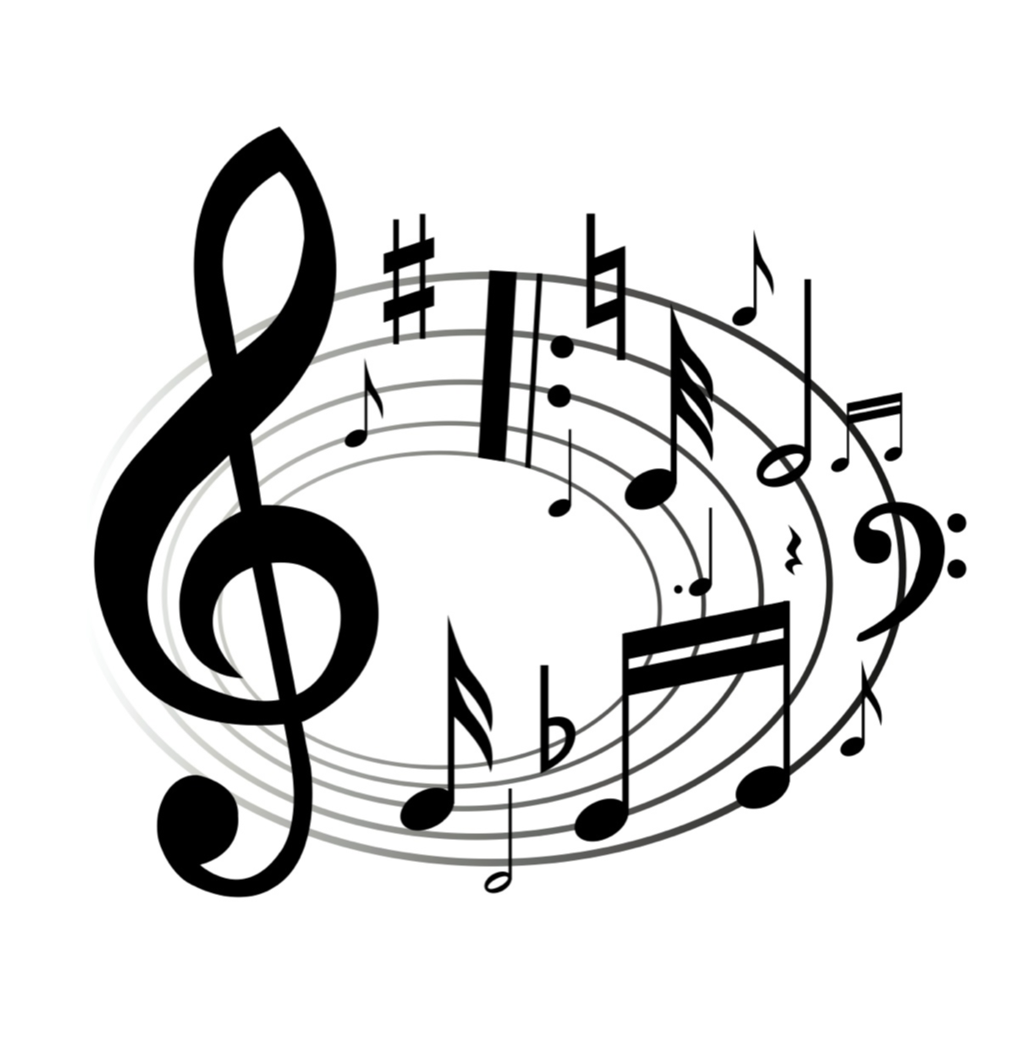
Resources
 Musescore is a FREE music writing and production software, and what I used to create some of the demonstration from 08/20. It is also what Berklee School of music uses to teach music theory to their students. You can download it here for Mac or PC
Musescore is a FREE music writing and production software, and what I used to create some of the demonstration from 08/20. It is also what Berklee School of music uses to teach music theory to their students. You can download it here for Mac or PC
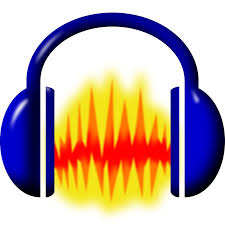
Audacity is also FREE! An easy-to-use, multi-track audio editor and recorder for Windows, Mac OS X, GNU/Linux and other operating systems. Developed by a group of volunteers as open source. You can download it here for Mac or PC
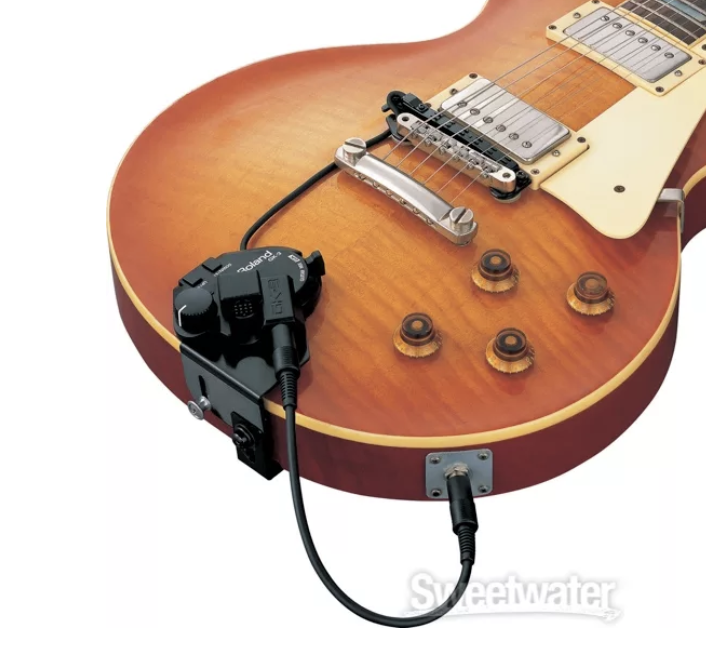
The Roland GR3 is a split pickup that can turn your guitar into the input device for the Roland GR55 guitar synthesizer. It goes for around $230 but I recommend having a luthier install it for you, so that would be an additional cost. It’s available at Sweetwater here.
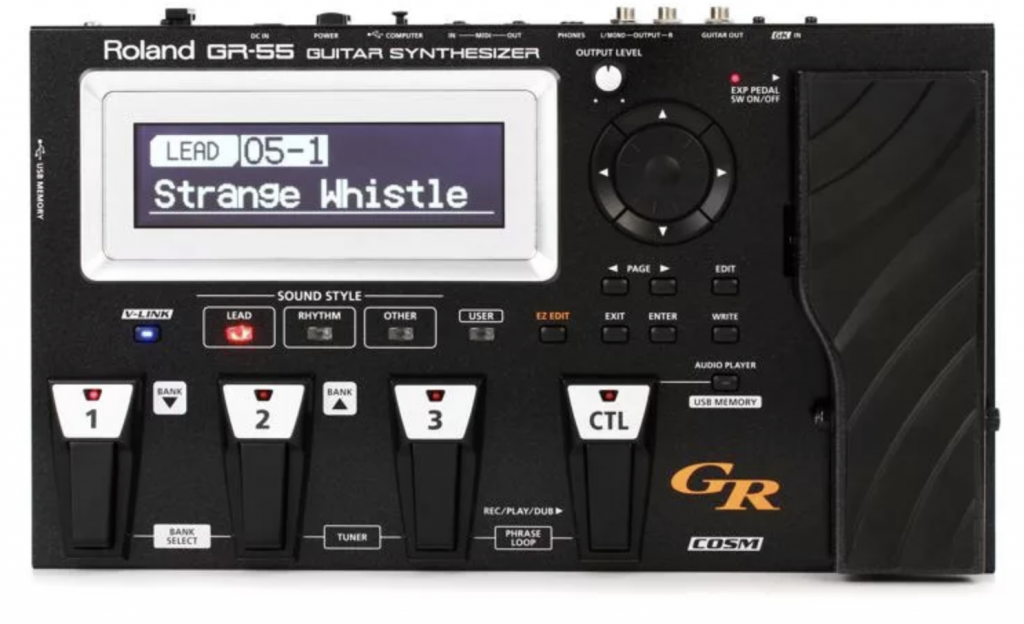 The GR 55 guitar synthesizer is what I demo’ed today. It’s kind of pricy but it is a remarkable guitar synthesizer. About $700 at Sweetwater. Link to the product at sweetwater
The GR 55 guitar synthesizer is what I demo’ed today. It’s kind of pricy but it is a remarkable guitar synthesizer. About $700 at Sweetwater. Link to the product at sweetwater

See the music: Quail Brook Funk
This was created by the Quail Brook members and myself on Tuesday August 13, 2019. We chose a rhythm, a line consisting of 3 notes from the scale of C (2,4 and 6) so we were working with D, F and A. We made the A longer to make the line more interesting. We chose Red for our color (more energetic) and texture (melody and accompaniment). We picked a simple form of A/B. And the members chose the name “Quail Brook Funk”. Fits pretty well I think!
See the music : Part Bleu
We looked at how sound is made from an electric guitar, and the GR55 guitar synthesizer was a big hit too. We talked about COSM (taking parts of instrument sounds apart and making them available based on the string notes played. We listened to a few different kinds of sounds – french horn, clarinet and trombone, to name a few- all out of the same guitar! We talked about the famous 1/4/5 changes and looked at some songs that use those changes. AND we listened to Robert Johnson playing and singing “Crossroads”. We looked at the blues lyrical form and we had fun making our own blues tunes up!
 We talked about the 12 bar blues and the 1/4/5 pattern. this is what it looks like (created in musescore) below is what this sound like, also from Musescore. Play the midi audio and see if you can follow along with the notes above!
We talked about the 12 bar blues and the 1/4/5 pattern. this is what it looks like (created in musescore) below is what this sound like, also from Musescore. Play the midi audio and see if you can follow along with the notes above!
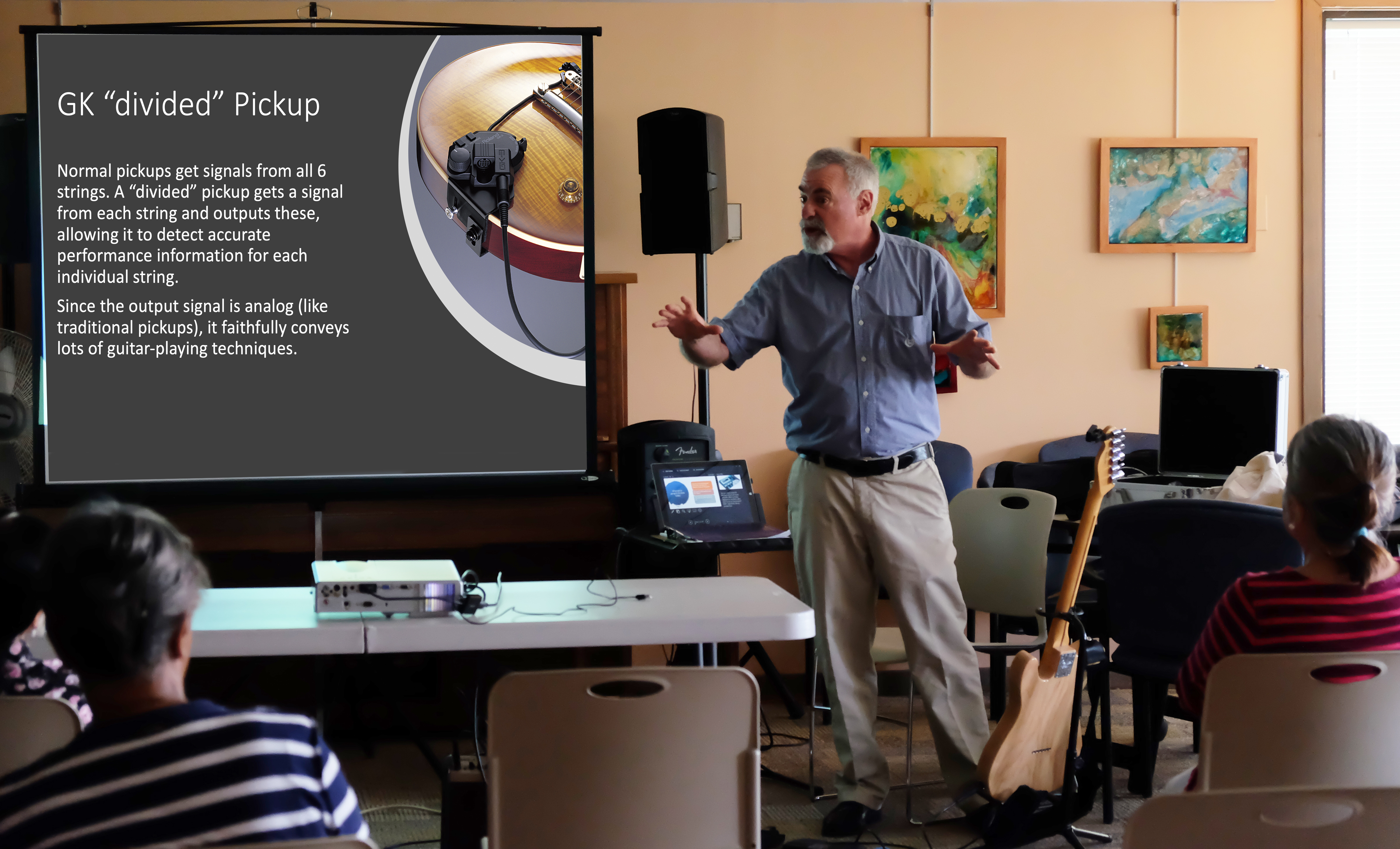
And finally, this is an example of the lyrical 12 bar blues form.
